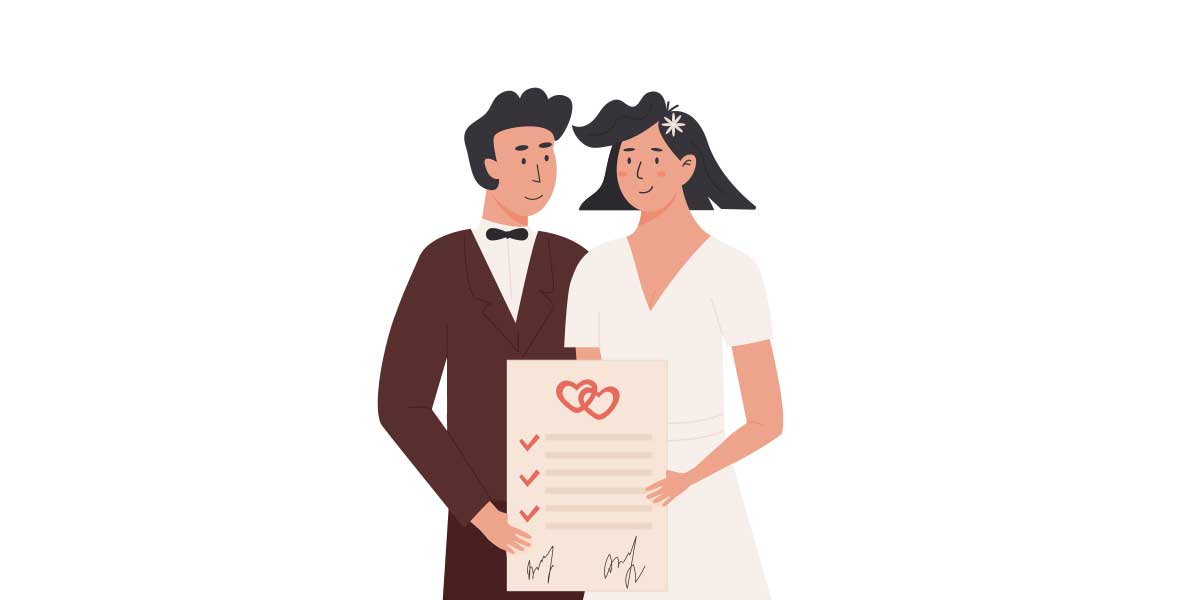Three’s a crowd, they say, but there are times when the tax man can be a help in a marriage or civil partnership. As we head into peak wedding season, whether you’re just about to tie the knot or have been married for a while, here’s the lowdown on how Marriage Tax Allowance can give your family income a boost.
What is Marriage Tax Allowance?
If you’re married or in a civil partnership, one half of the couple can transfer up to £1,260 of their personal tax allowance to the other person. The transfer reduces the partner’s tax by up to £252 this tax year. Around 2.1 million eligible couples don’t claim this easy tax break.
Who is eligible and how does it work?
As well as being married or in a civil partnership, one of the couple needs to be a non-taxpayer, i.e. earning less than £12,570 (the personal tax allowance for 2023/24). To benefit fully, this person needs to earn under £11,310. The other half of the couple must be a basic rate taxpayer, i.e. paying 20% tax on their salary which is less than £50,270. The married couple or partners must also have been born after 6 April 1935.
The Marriage Tax Allowance effectively reduces the amount of tax the tax-paying spouse or civil partner must pay by adding up to £1,260 to the taxpayer’s personal allowance, and reducing the allowance of the non-taxpaying spouse by the same amount. The marriage allowance is worth up to £252 in the 2023/24 tax year and once approved, it is automatically applied each year.
The non-taxpayer must be the one to apply for Marriage Tax Allowance. It is quick and easy to do via the HMRC website here. It is also possible to backdate your application for four years, back to 2019/20 currently, and the claim is worth £250 for 2019/20 and 2020/21 and £252 for the years after that. So if you claim this year and backdate it for four, you are saving up to £1,256.
The taxpaying partner will see an increase in their personal allowance and a change in their tax code to an M code and the non-taxpaying partner will see their tax code start with an N if they’re employed. For self-employed people, their tax bill will be reduced to reflect the increased personal allowance. Please make sure the taxpaying spouse correctly indicates this on their tax return.
But beware, there are circumstances when it doesn’t always benefit the couple. If you’re close to the personal tax allowance limit (you earn between £11,310 and £12,570) you may end up being out of pocket, so do your sums before you apply.
So, as long as the non-taxpayer earns less than £11,310 and the taxpayer earns more than £12,570 and less than £50,270, it’s worth applying for Marriage Tax Allowance. Still not sure if you qualify? Ask the experts at CRM for advice on 01865 379272.

